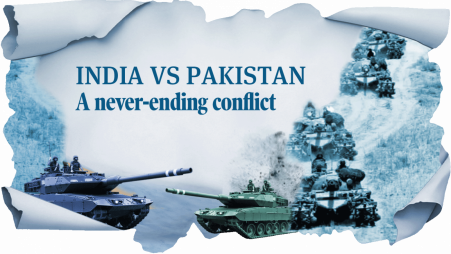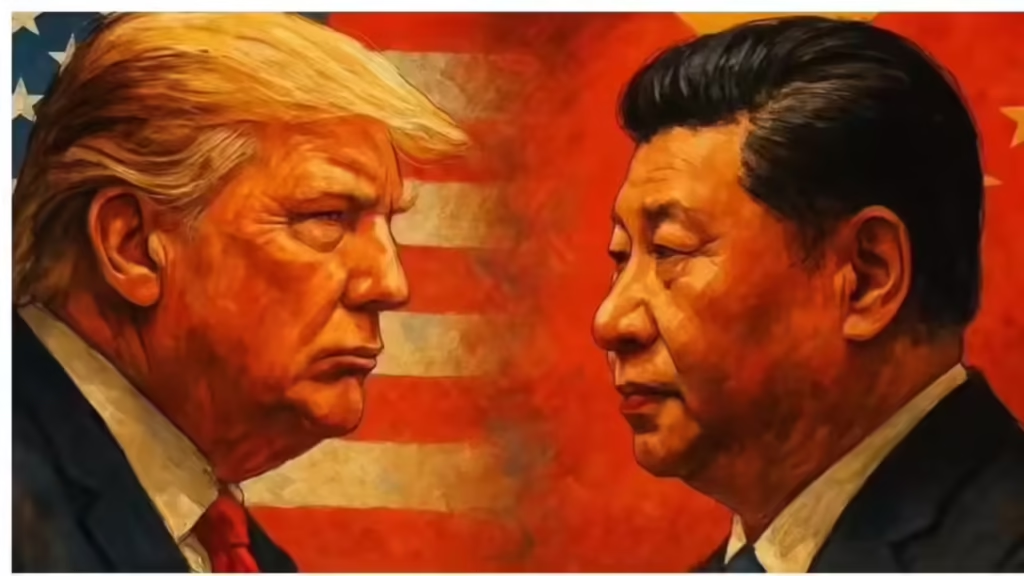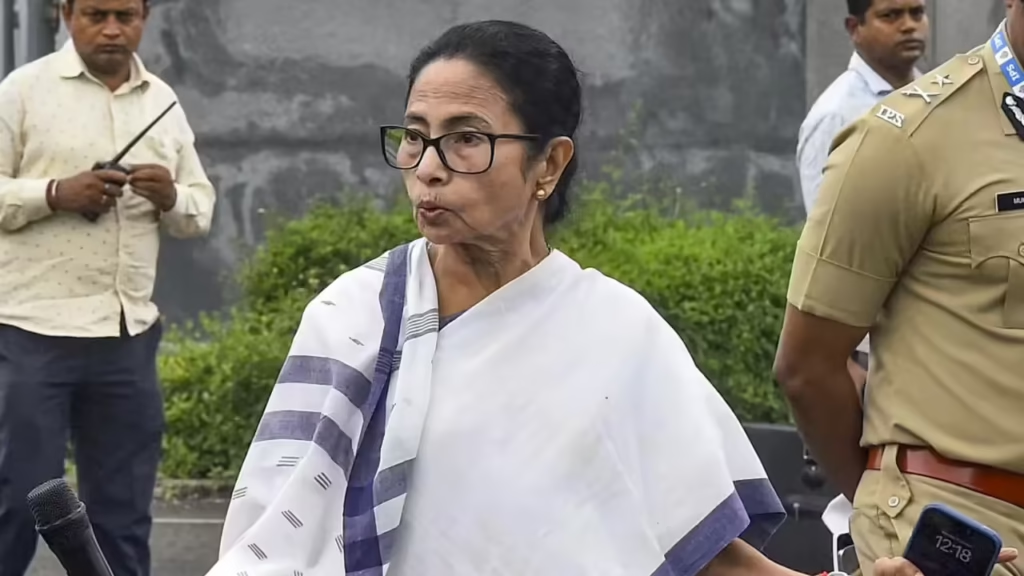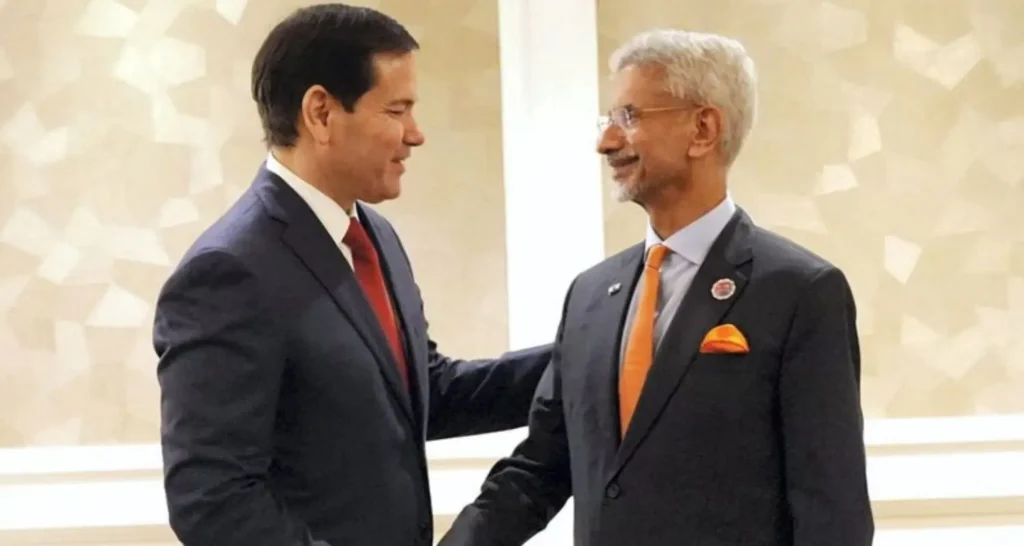Now Reading: India-Pakistan Tensions: A Brief History of Conflict
-
01
India-Pakistan Tensions: A Brief History of Conflict
India-Pakistan Tensions: A Brief History of Conflict

India and Pakistan, two neighbouring countries born out of partition in 1947, have shared a long and often hostile history marked by wars, ceasefires, diplomatic breakdowns, and brief moments of cooperation. The tensions between the two nations continue to shape regional security, with direct impact on defence policies, cross-border relations, and civilian life—especially in border regions and Tier-2 cities close to the Line of Control.
Partition and the First War (1947–48)
The seeds of conflict were sown during the Partition of British India, which led to the creation of India and Pakistan. The princely state of Jammu and Kashmir, with a Muslim-majority population but a Hindu ruler, became the epicentre of the first war between the two nations in 1947.
Following tribal invasions supported by Pakistan, the Maharaja of Kashmir acceded to India, resulting in a full-scale war. A ceasefire was brokered by the United Nations in 1949, leaving the region divided—India controlling two-thirds and Pakistan the rest.
Repeated Wars and the Bangladesh Liberation (1965, 1971)
The second war came in 1965, once again over Kashmir. It resulted in heavy casualties and ended with the Tashkent Agreement, mediated by the Soviet Union. While the conflict saw no major territorial gains, it deepened mistrust between the two sides.
In 1971, India and Pakistan went to war again—this time over East Pakistan’s struggle for independence. The war led to the creation of Bangladesh, with India playing a critical role. This war was the most decisive and had long-lasting consequences on South Asian geopolitics.
Kargil Conflict and Nuclear Tensions (1999)
In 1998, both countries tested nuclear weapons, dramatically raising the stakes of any future conflict. The very next year, Pakistani soldiers and militants crossed into Indian territory in Kargil, Ladakh. The Indian Army launched Operation Vijay to reclaim the heights, resulting in a limited but intense war.
The Kargil conflict exposed gaps in intelligence and underscored the dangers of conflict between two nuclear-armed nations. It also shifted global attention toward India’s military preparedness and the volatility of South Asia.
Cross-Border Terrorism and Surgical Strikes
Post-2000, India-Pakistan tensions largely revolved around cross-border terrorism, with major attacks including the 2001 Parliament attack, the 2008 Mumbai attacks, and the 2016 Uri attack. These incidents severely damaged diplomatic relations.
In response to the 2016 attack, India carried out surgical strikes across the Line of Control—marking a new military posture. This was followed by the Balakot air strike in 2019 after the Pulwama attack, further escalating tensions and bringing the two nations close to open conflict.
Present Day Scenario and Diplomatic Standstill
Currently, the relationship between India and Pakistan remains largely frozen. Cross-border firing incidents have reduced following a 2021 ceasefire agreement, but trust remains low. Regular exchanges through backdoor diplomacy occur, but no major breakthroughs have taken place.
Issues like Kashmir’s status, water sharing, and cross-border militancy continue to be points of friction. For border regions and cities like Jammu, Amritsar, and Baramulla, these tensions affect daily life, trade, and development.
Conclusion
India-Pakistan tensions are deeply rooted in history, ideology, and territorial claims. Despite multiple wars and ongoing hostility, there have also been moments of dialogue and attempts at peace. A long-term solution remains elusive, but understanding the past is key to navigating the future. For millions of people, especially those in Tier-2 and border cities, stability between the two countries isn’t just a geopolitical concern—it’s a matter of daily life and hope.

























